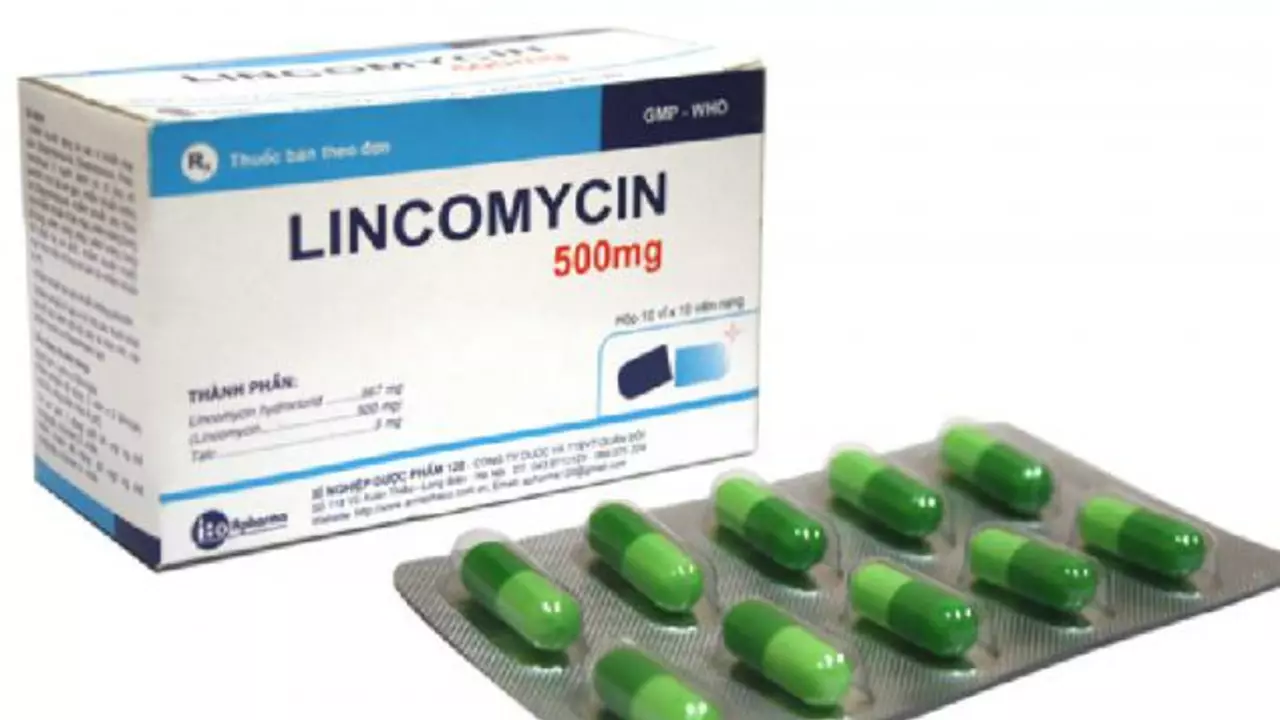Bacterial Prostatitis: What It Feels Like and What to Do
If you have painful urination, pelvic pain, or a fever, that might be bacterial prostatitis — a prostate infection that can show up suddenly or hang around for months. Don’t shrug it off as just a bad UTI. The prostate can act like a hidden source of ongoing symptoms unless it’s treated properly.
Symptoms and when to see a doctor
Symptoms change depending on whether the infection is acute (sudden) or chronic (long-lasting). Acute cases usually hit fast: high fever, chills, severe pain between the scrotum and rectum, urgent and painful urination, sometimes blood in the urine. Chronic bacterial prostatitis often causes dull pelvic pain, trouble peeing, sexual discomfort, and repeated bladder infections.
See a clinician right away if you have fever plus urinary pain or urinary retention (can’t pee). Those signs can mean you need urgent antibiotics or even hospital care. If you have ongoing pelvic pain or repeated UTIs, book a follow-up — chronic prostatitis needs a different plan than a one-time bladder infection.
Treatment and home care
Doctors confirm the diagnosis with a urine test and sometimes a prostate secretion or culture. Treatment almost always includes antibiotics that reach the prostate. Common choices you’ll hear about are fluoroquinolones (like levofloxacin or ciprofloxacin) and trimethoprim–sulfamethoxazole, but the exact drug and length depend on the bug and how severe the infection is. Acute infections often need several weeks of treatment; chronic infections may require 4–12 weeks and sometimes a repeat culture to check progress.
Besides antibiotics, symptom relief matters. Painkillers (acetaminophen or ibuprofen), warm sitz baths, and drinking more water help. Your doctor might suggest an alpha-blocker to ease urine flow or a stool softener if bowel strain makes pain worse. Avoid heavy lifting and long bike rides while you recover — pressure on the prostate can slow healing.
If symptoms don’t improve, or you get frequent relapses, ask about imaging. A prostate abscess is rare but possible and needs drainage. Also tell your provider about sexual symptoms; erectile or ejaculatory pain can improve once the infection clears, but sometimes needs extra follow-up.
Prevention tips that actually work: treat bladder or urethral infections early, practice safe sex to cut STI risk, stay hydrated, and empty your bladder fully. If you’re prone to UTIs or have urinary tract issues, keep a close relationship with your doctor — catching problems early often avoids chronic prostate trouble.
Short, practical takeaway: fever plus pelvic pain needs urgent care. Long-term pelvic pain deserves a focused treatment plan. Get tested, follow the antibiotic course, and use simple home measures to feel better faster.

The Use of Lincomycin in the Treatment of Bacterial Prostatitis
In my recent exploration of treatments for bacterial prostatitis, I came across the use of Lincomycin. This antibiotic, often used for serious infections, has been found effective against this condition too. It works by stopping bacteria from growing and thus helping to resolve the infection. However, like all antibiotics, it's important to take Lincomycin for the full prescribed duration to ensure the bacteria is completely eradicated. Always consult with your healthcare provider before starting any new treatment regime.
